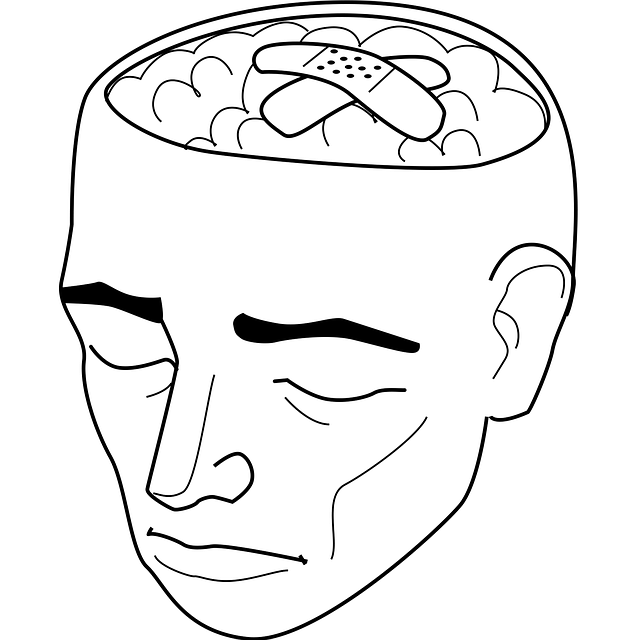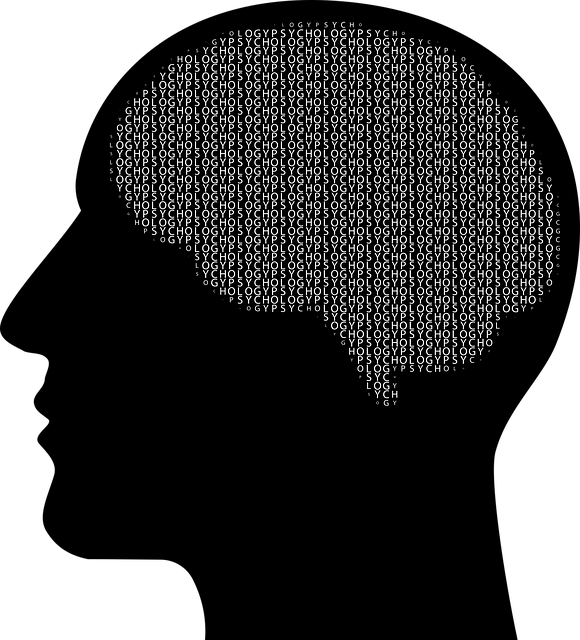Therapy for anxiety is a multi-faceted process that tackles thoughts, emotions, and behaviors. It leverages techniques like CBT to change negative thought patterns and build resilience. Safety through risk assessment and social skills training are key components. Stress reduction techniques, including mindfulness, exercise, diet, and sleep, are vital for long-term management. Self-awareness exercises and relaxation practices, such as journaling and yoga, enhance well-being and provide control in stressful situations, making them powerful tools in therapy for anxiety.
In today’s fast-paced world, stress reduction methods are more crucial than ever. This comprehensive guide explores effective strategies to combat anxiety and promote mental well-being. We delve into understanding therapy for anxiety as a powerful tool to unwind the mind’s labyrinth. From practical stress reduction techniques to integration of relaxation practices, discover step-by-step approaches to cultivate calm in everyday life. Uncover the secrets to managing stress and reclaim your peace of mind.
- Understanding Therapy for Anxiety: Unwinding the Mind's Labyrinth
- Practical Stress Reduction Techniques: A Step-by-Step Guide
- Integrating Relaxation Practices: Cultivating Calm in Everyday Life
Understanding Therapy for Anxiety: Unwinding the Mind's Labyrinth

Understanding Therapy for Anxiety is akin to unwinding a complex labyrinth—a journey that requires patience and the right tools. This process involves delving into one’s thoughts, emotions, and behaviors to identify the root causes of anxiety. Therapy isn’t just about managing symptoms; it aims to empower individuals with strategies to navigate life’s challenges more effectively. Through techniques like Cognitive Behavioral Therapy (CBT), mental health professionals guide patients to challenge negative thought patterns, replace them with healthier alternatives, and develop coping mechanisms that promote resilience.
The Risk Assessment for Mental Health Professionals and Risk Management Planning are crucial aspects of ensuring safe and effective therapy. By continuously assessing potential risks and implementing appropriate strategies, therapists can foster a supportive environment where clients feel secure to explore their fears. Moreover, integrating Social Skills Training into the therapeutic process can significantly enhance participants’ ability to connect, communicate, and build support systems—all vital components in the long-term management of anxiety disorders.
Practical Stress Reduction Techniques: A Step-by-Step Guide

Stress reduction is a vital part of maintaining good mental health and well-being. Incorporating practical techniques into your daily routine can significantly lower anxiety levels and promote a sense of calm. A step-by-step guide to managing stress involves several effective strategies, including therapy for anxiety, coping skills development, and self-awareness exercises.
Start by identifying your triggers; this could be work-related pressure, financial worries, or interpersonal conflicts. Once identified, seek crisis intervention guidance to help you navigate these challenges. Techniques such as mindfulness meditation, deep breathing exercises, and progressive muscle relaxation can provide immediate relief. Over time, consider incorporating regular physical activity, a balanced diet, and sufficient sleep into your routine, as these foundational aspects play a crucial role in stress management. Additionally, self-awareness exercises like journaling or reflective practices enable you to better understand your thoughts and emotions, fostering personal growth and resilience.
Integrating Relaxation Practices: Cultivating Calm in Everyday Life

Incorporating relaxation practices into daily routines can be a game-changer for managing stress and anxiety. Therapy for anxiety often emphasizes the importance of mindfulness and self-care techniques to cultivate calm. Simple yet powerful tools such as deep breathing exercises, meditation, and yoga can help individuals create a mental health awareness and navigate through stressful situations with greater resilience. By integrating these practices into their everyday lives, folks can transform their responses to challenges, fostering better mental wellness coaching programs development.
Crisis intervention guidance suggests that consistent relaxation routines enhance overall well-being. These practices enable individuals to pause, take a breath, and gain perspective in moments of distress. Whether it’s a few minutes of quiet meditation or engaging in activities that bring joy, cultivating calm becomes an essential part of maintaining balanced mental health. This proactive approach can prevent stress from escalating, providing a sense of tranquility and control amidst the hustle and bustle of daily life.
In exploring therapy for anxiety and implementing practical stress reduction techniques, it’s evident that calming the mind’s labyrinth is achievable. By integrating relaxation practices into everyday life, individuals can cultivate a sense of calm and resilience against stressful situations. Remember that stress reduction methods vary from person to person, so it’s crucial to find what works best for you. Through consistent practice, these strategies offer a path towards enhanced mental well-being and a more balanced life.











